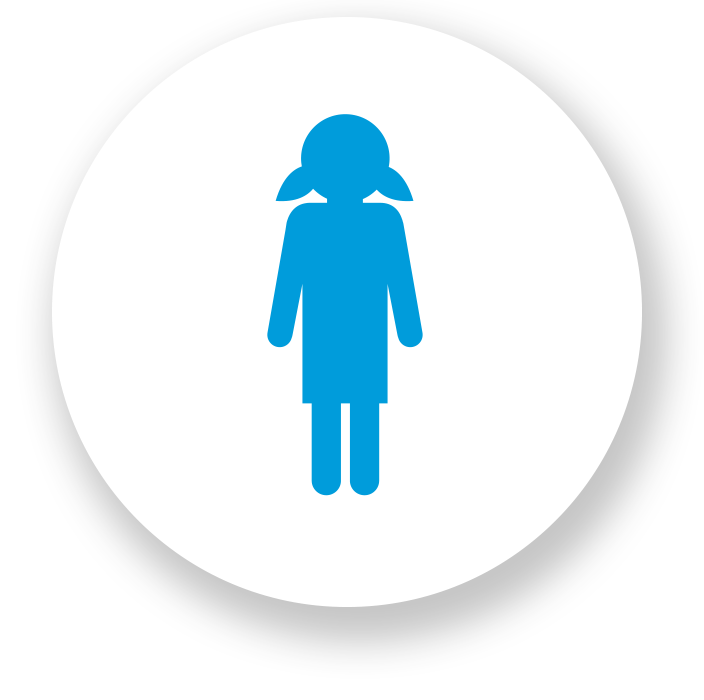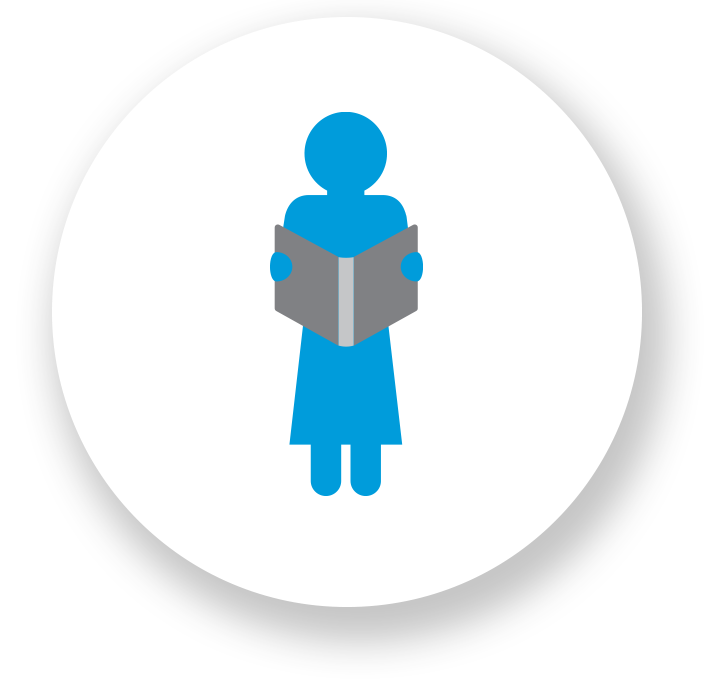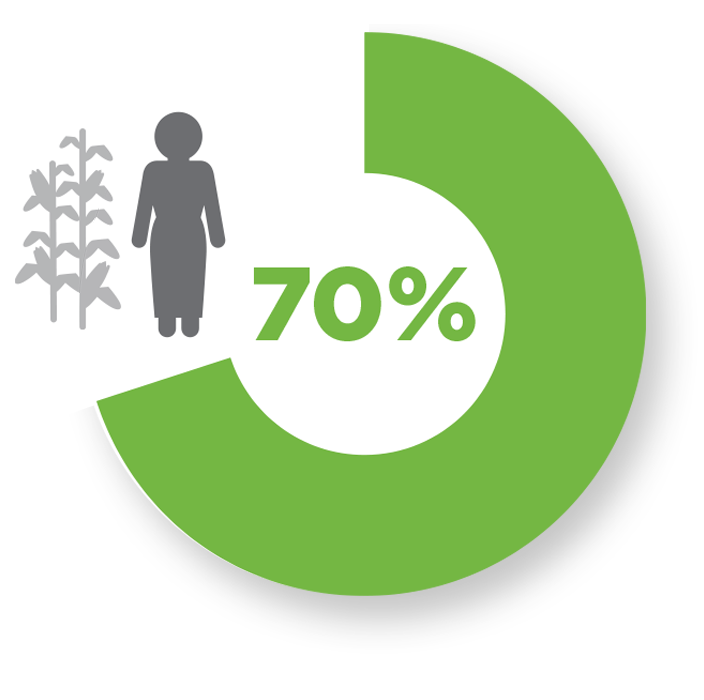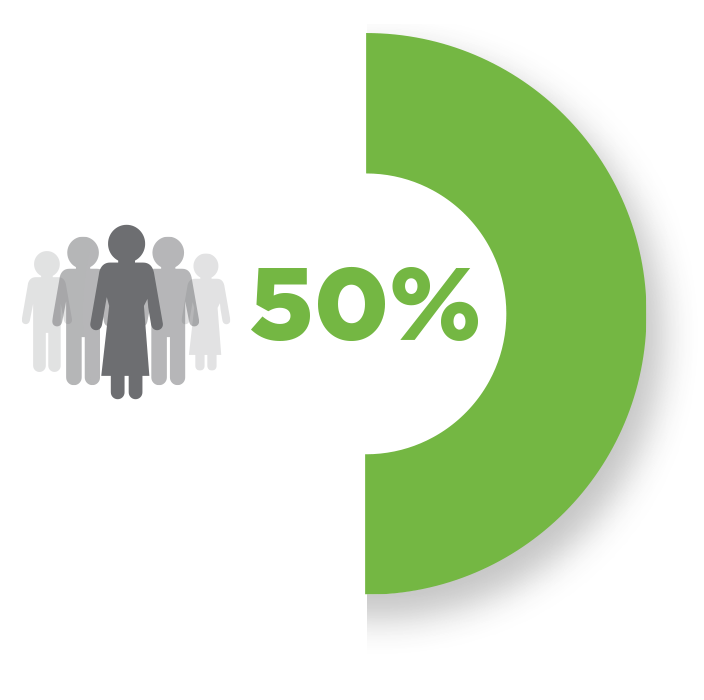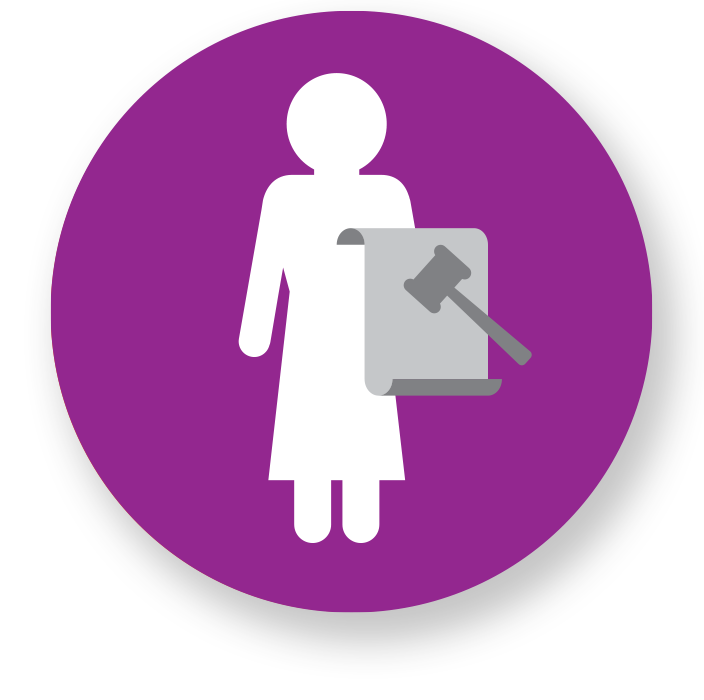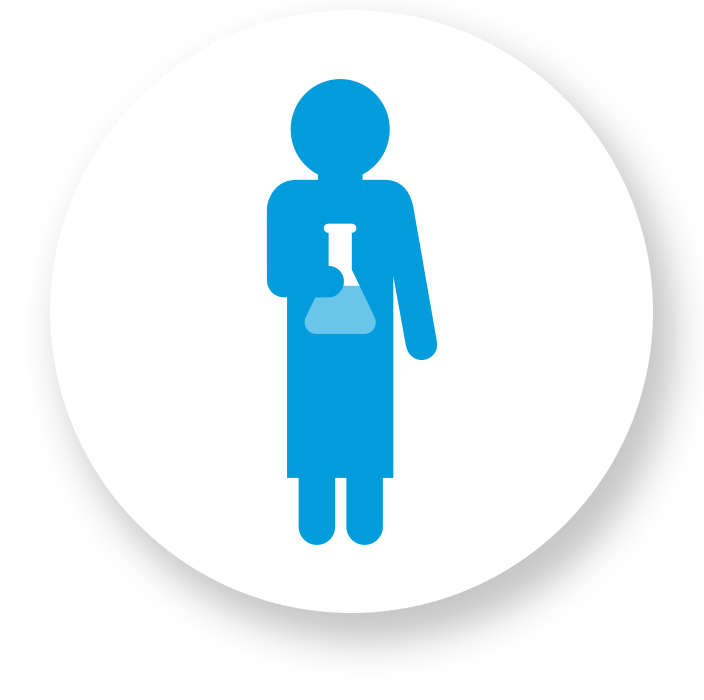STATUS OF WOMEN AND GIRLS IN CHINA
The infographic sheet provides an overview of the status of women and girls in China with figures across several key areas, including demography, education, employment, rural women, leadership and political participation, digitalization, and violence against women and girls. It highlights progress in some areas, such as increasing female literacy rates and efforts to increase women's representation in politics, but also notes challenges, such as the gender gap with unpaid care work and the underrepresentation of women in high-level government and corporate positions. This sheet also draws attention to the impact of digitalization on women and girls, as well as the ongoing issue of violence against women and girls in China.

